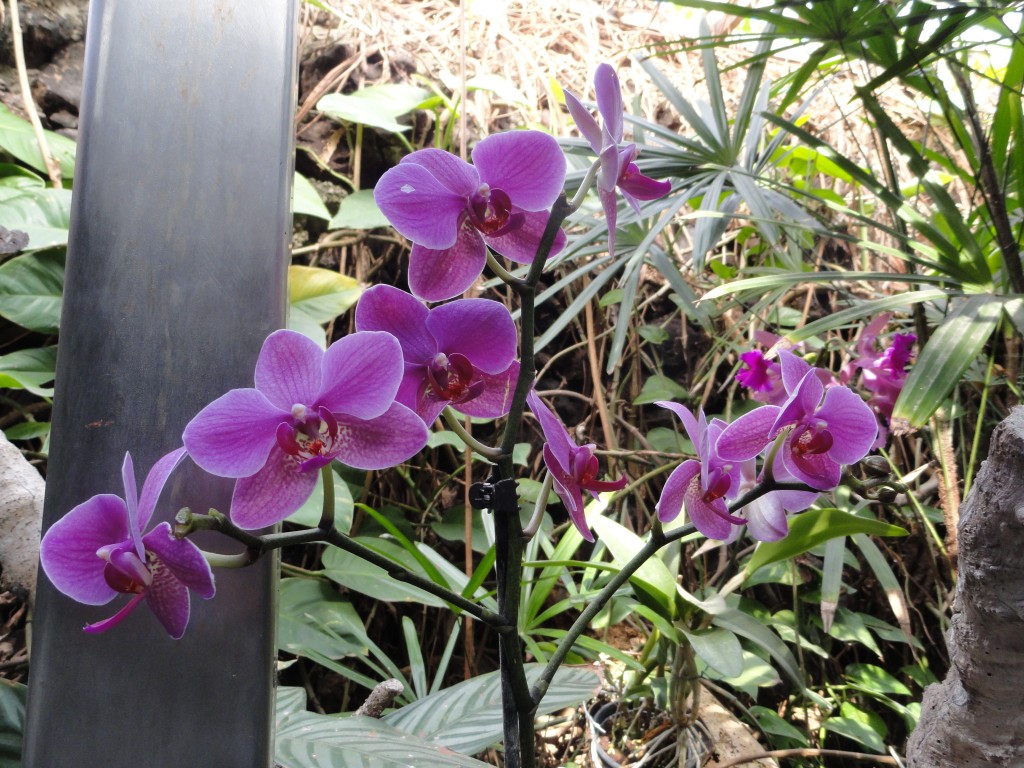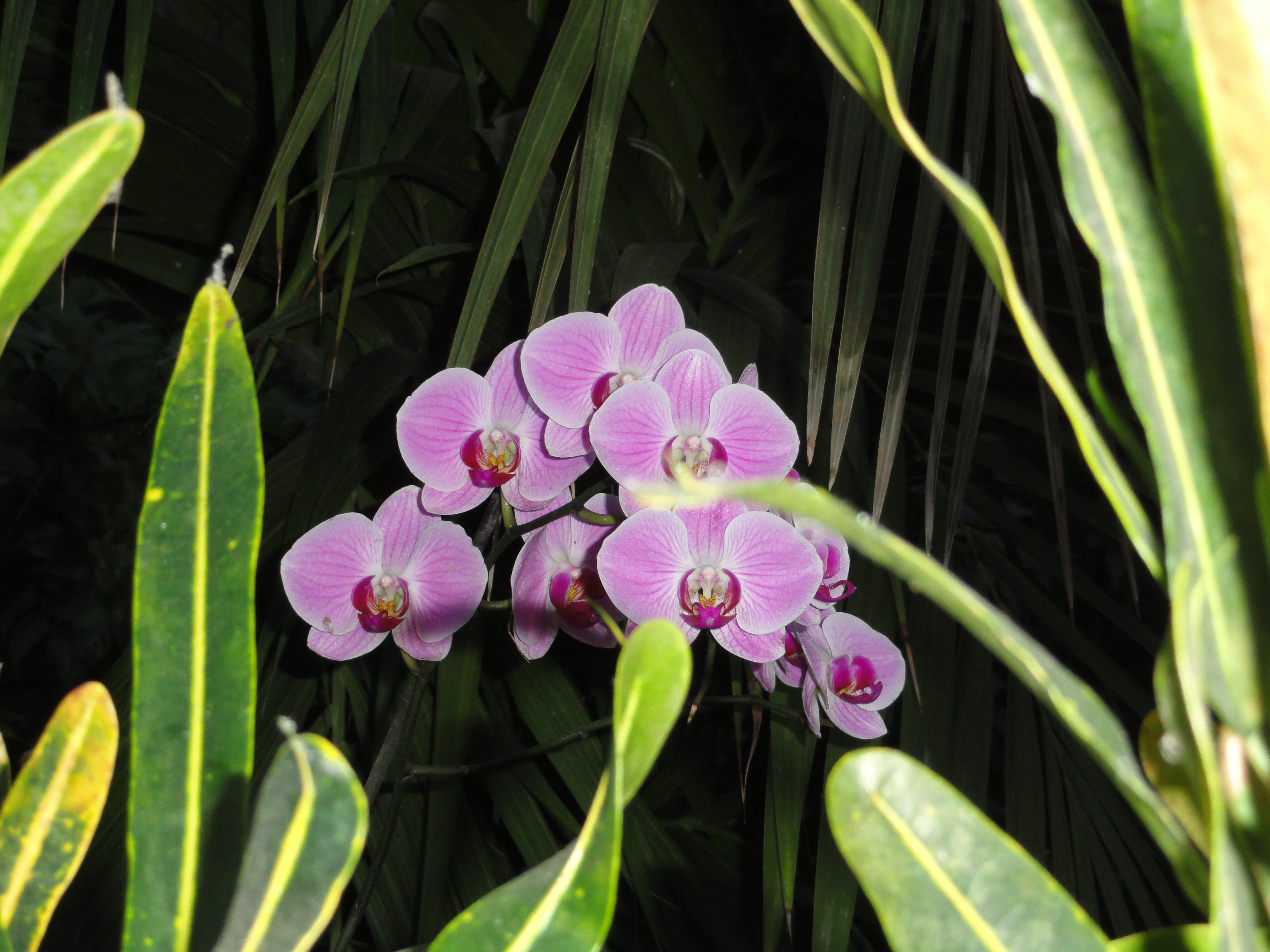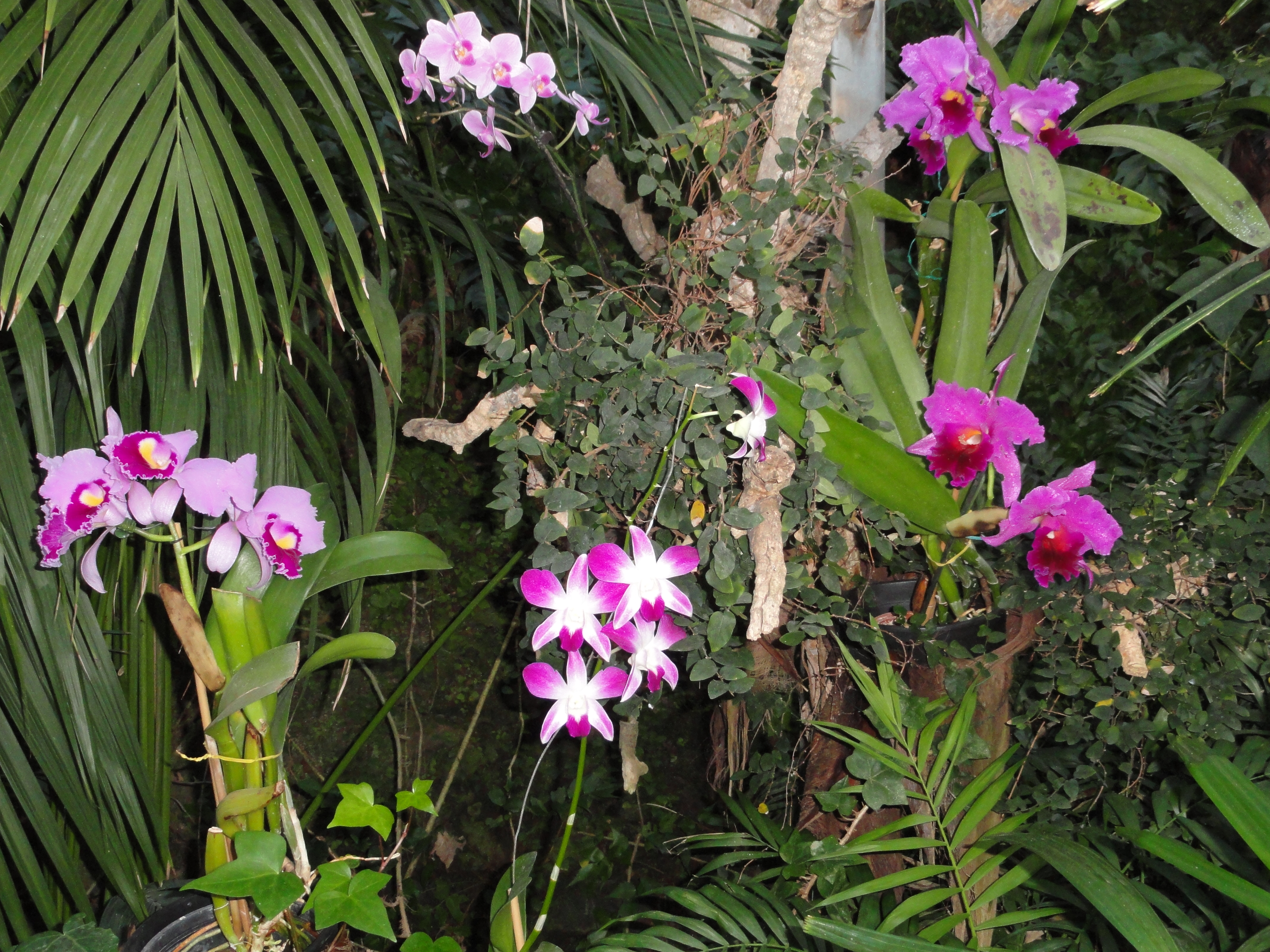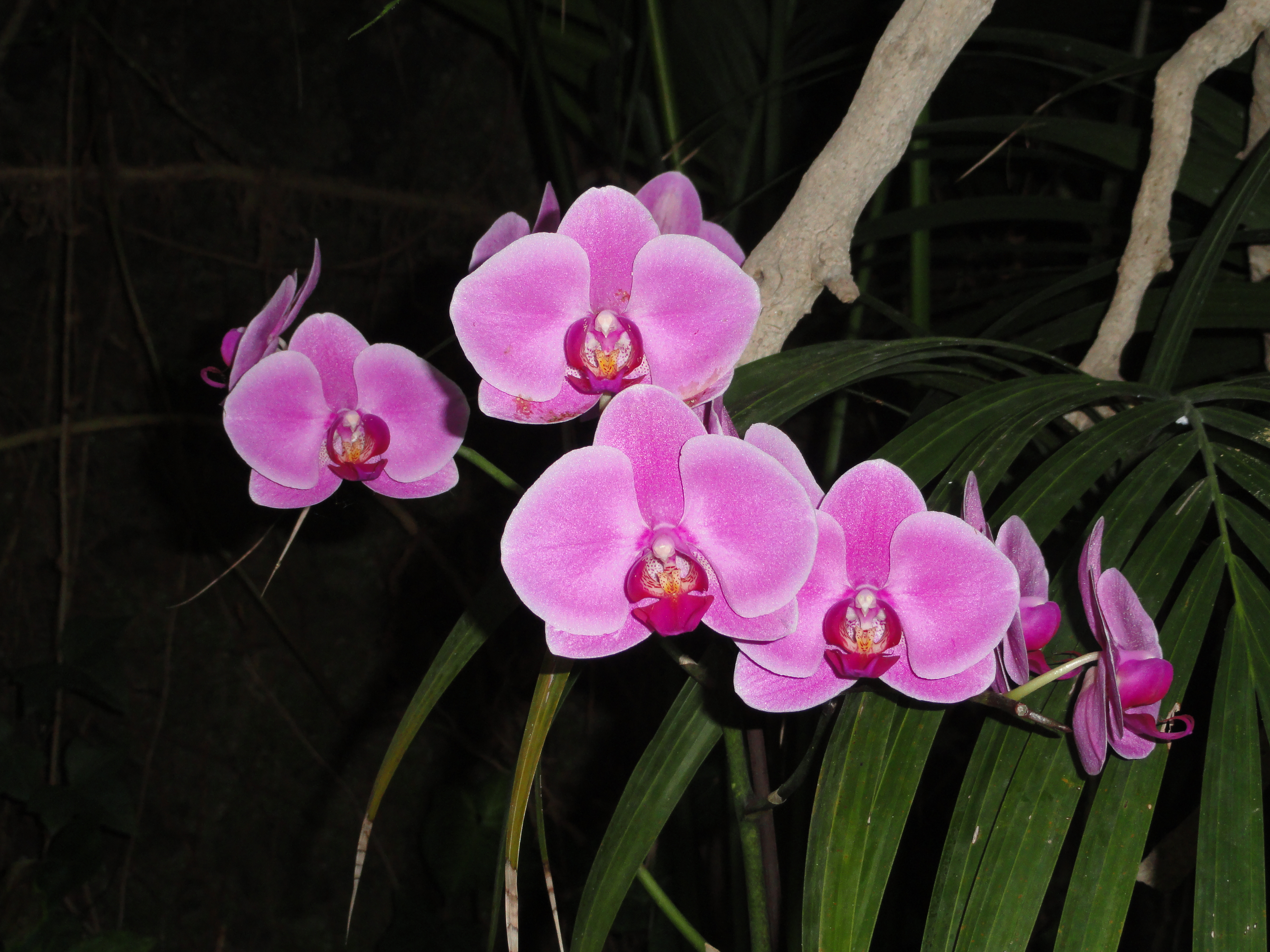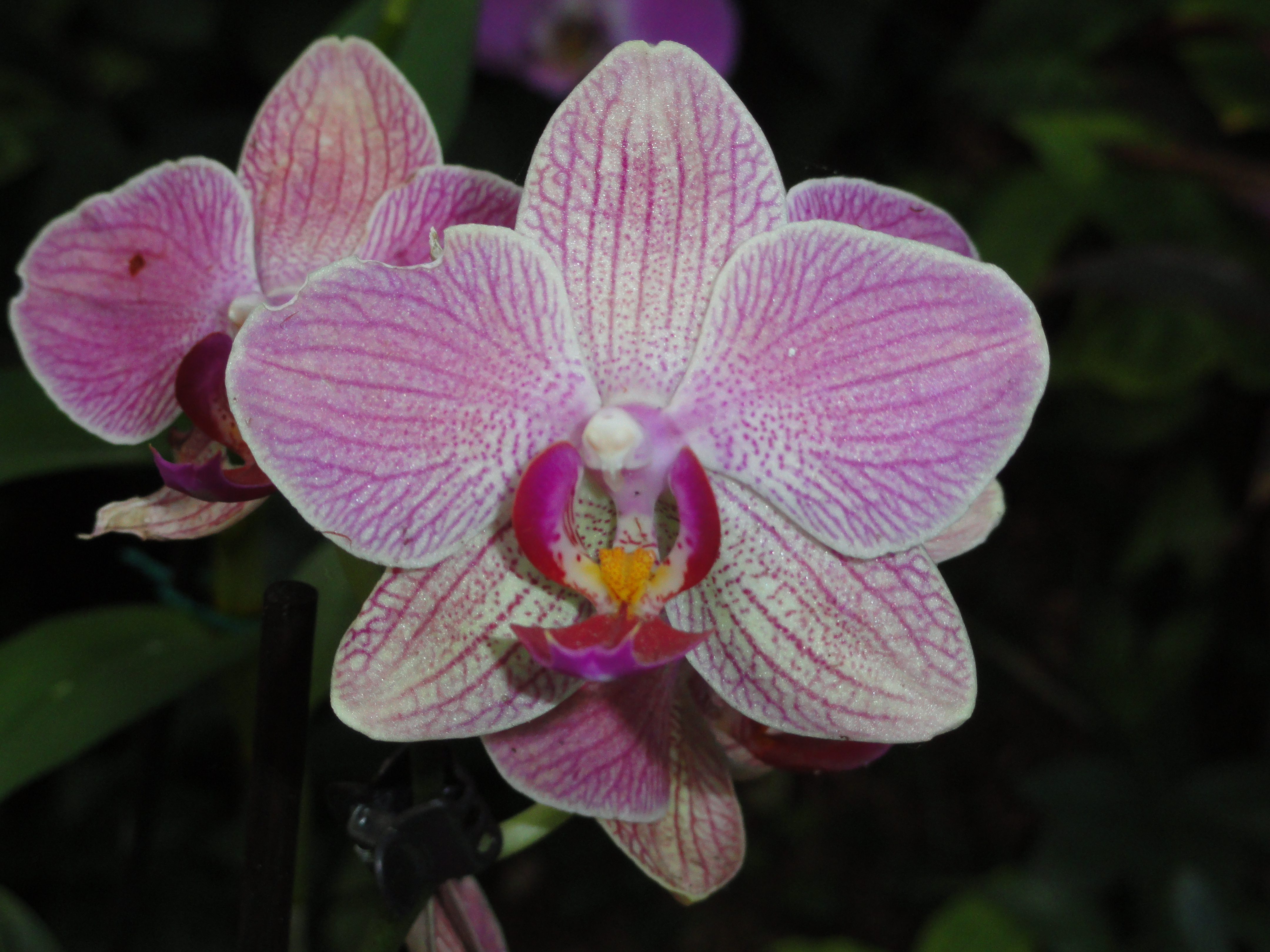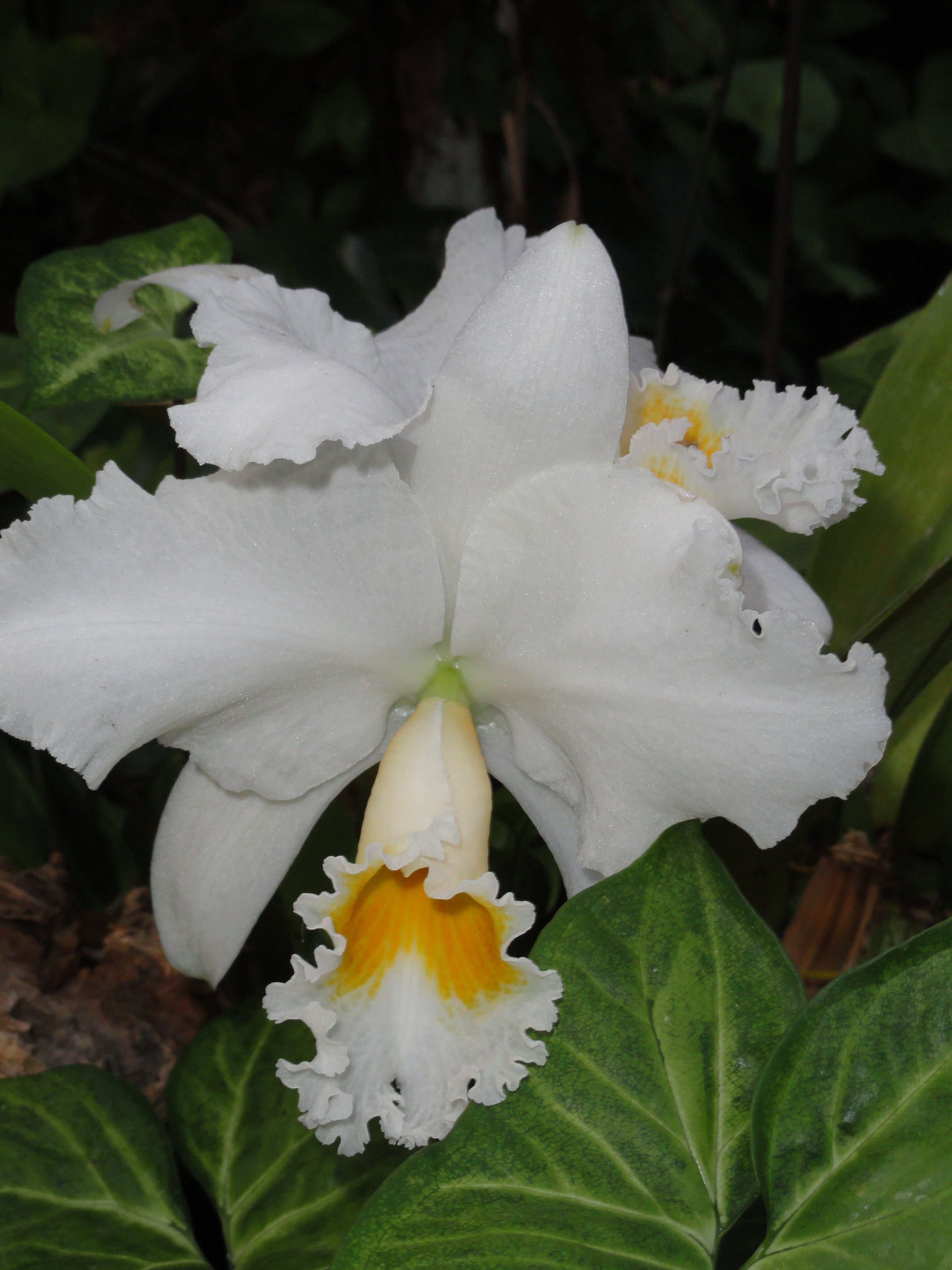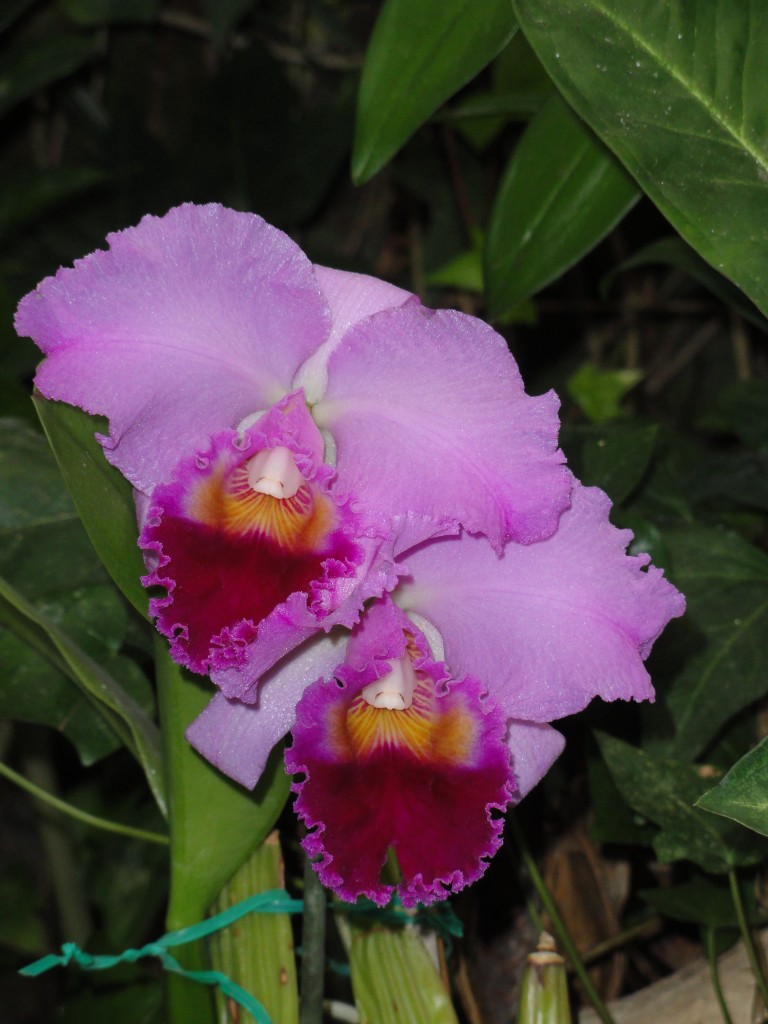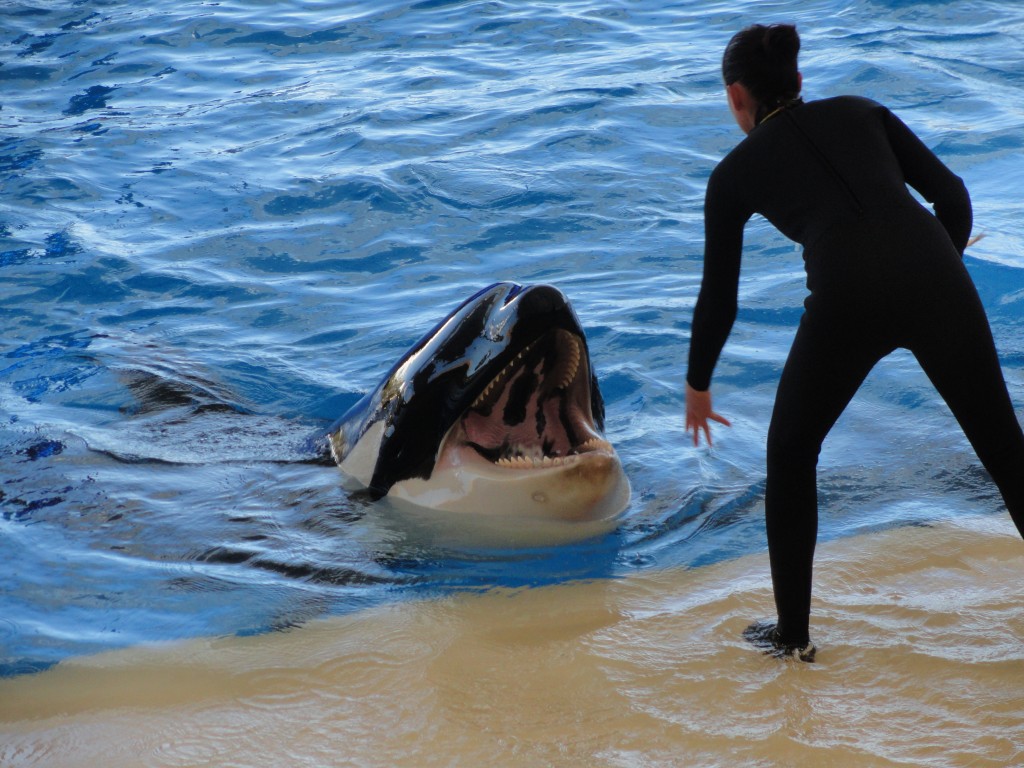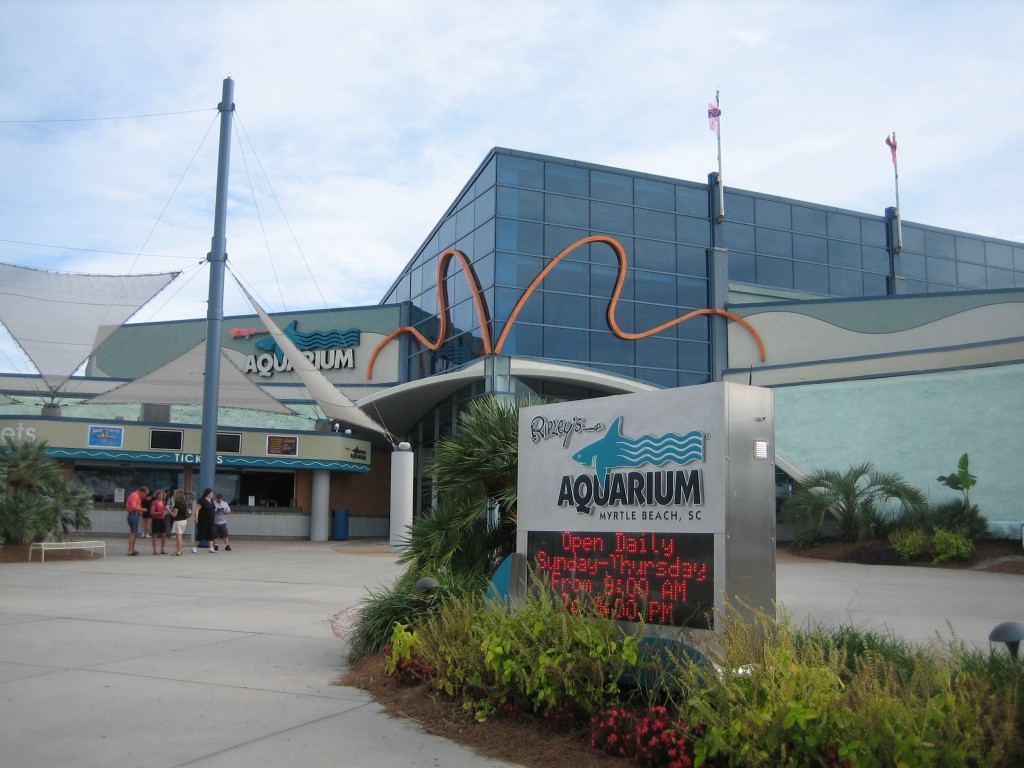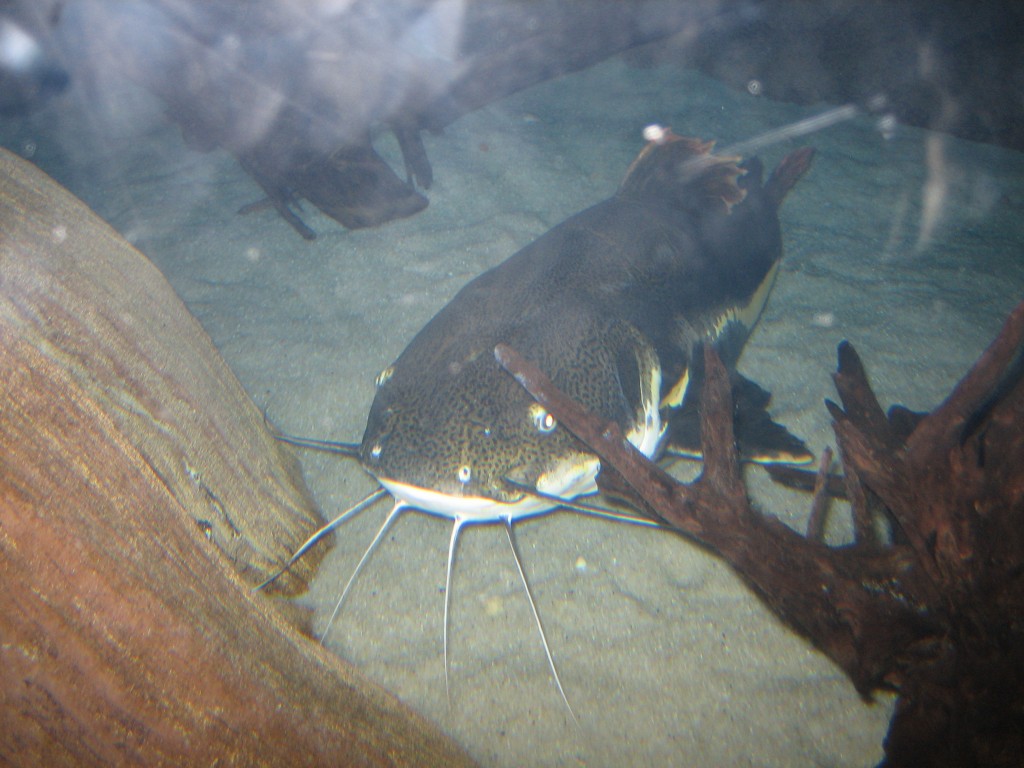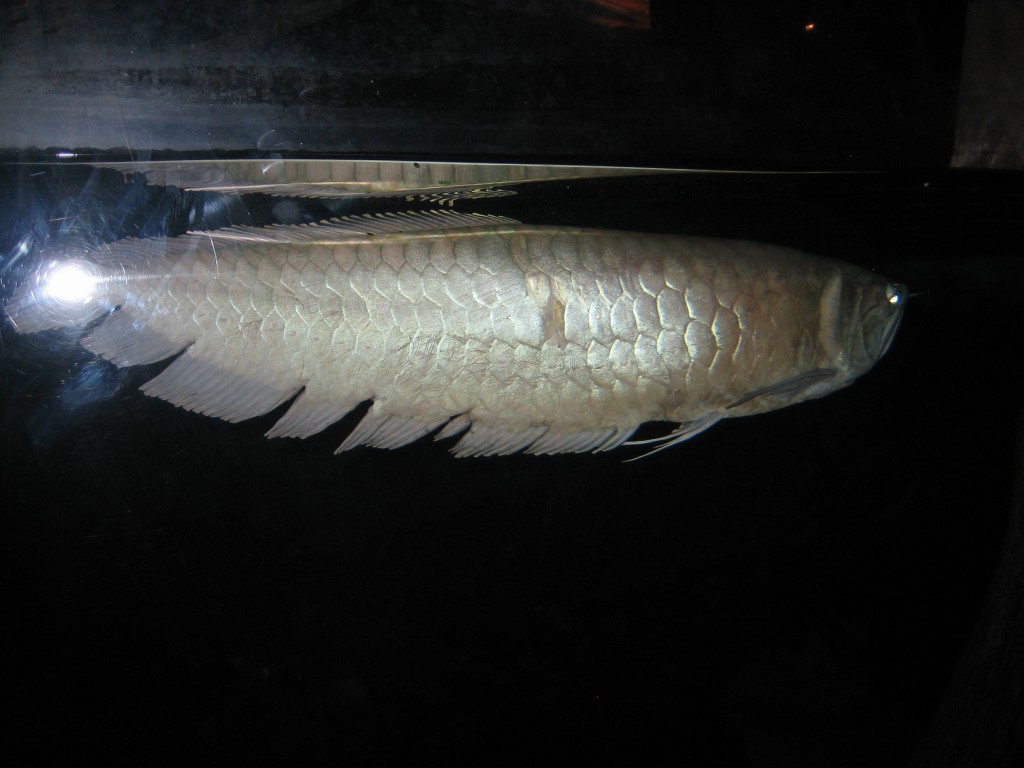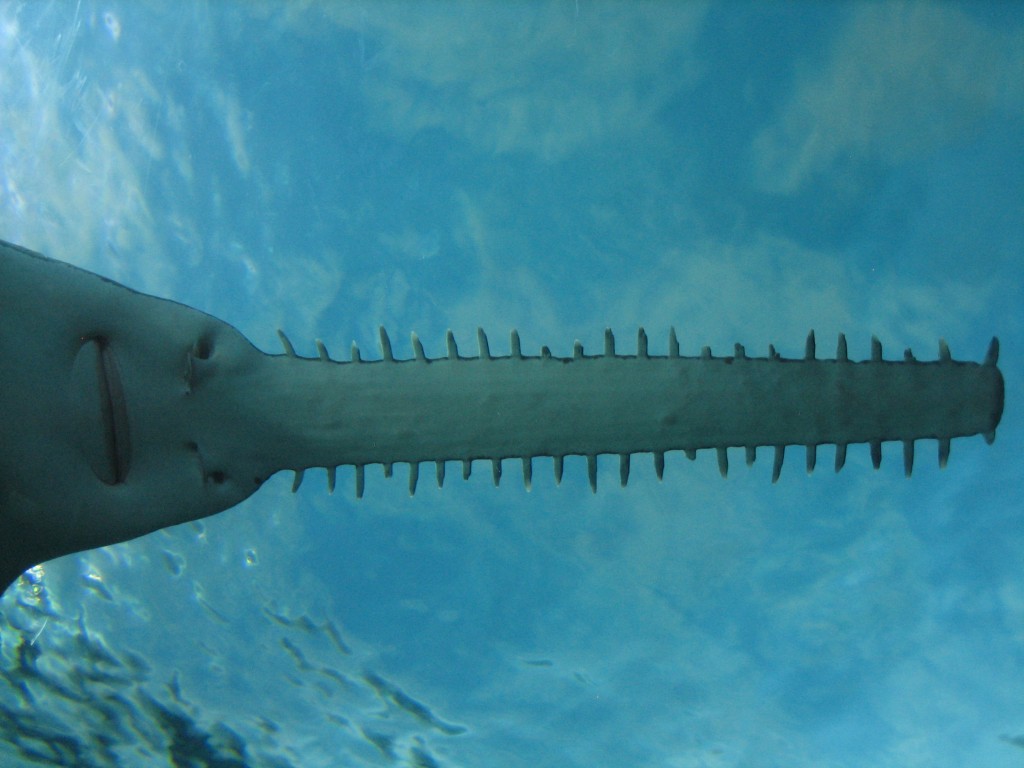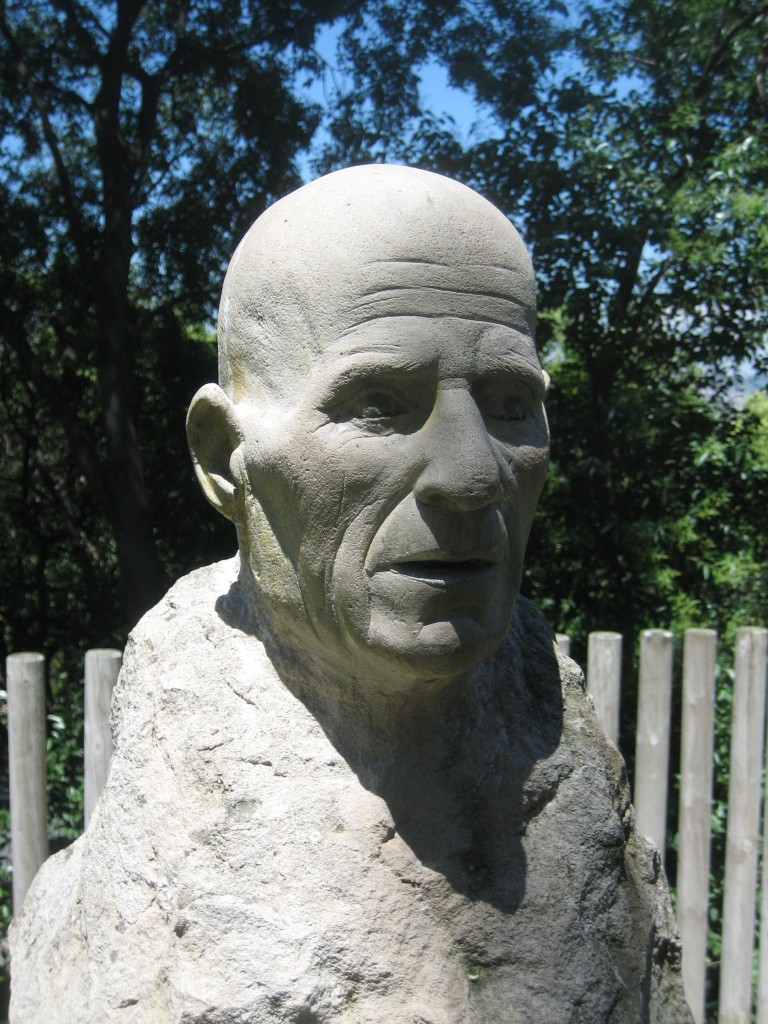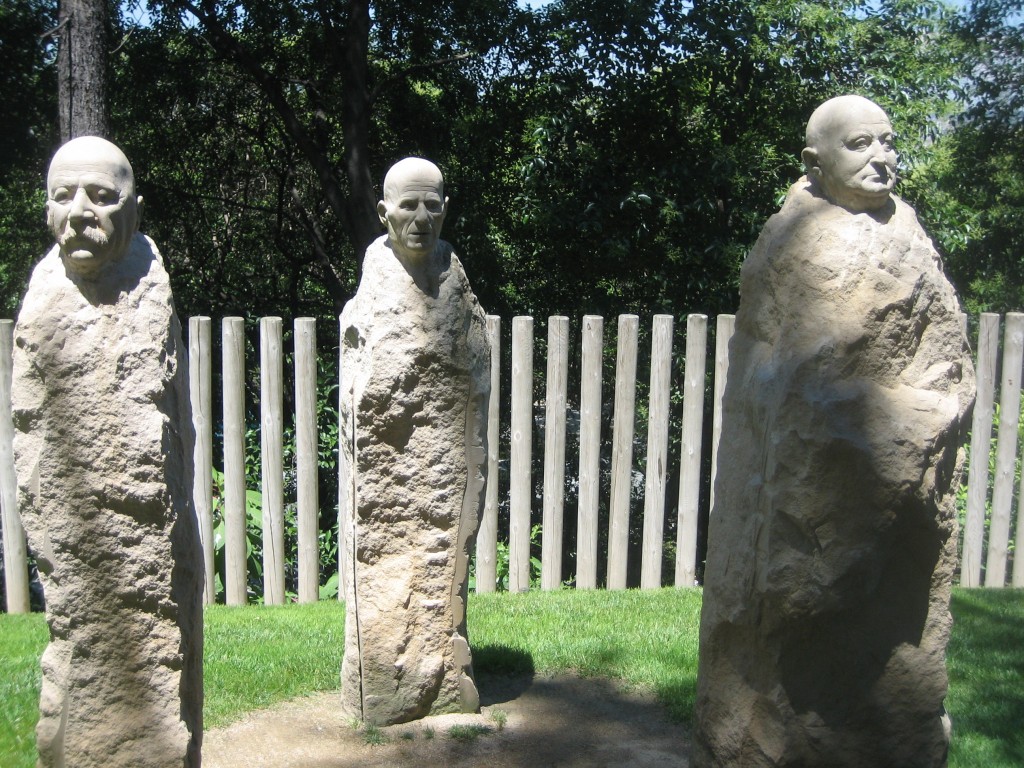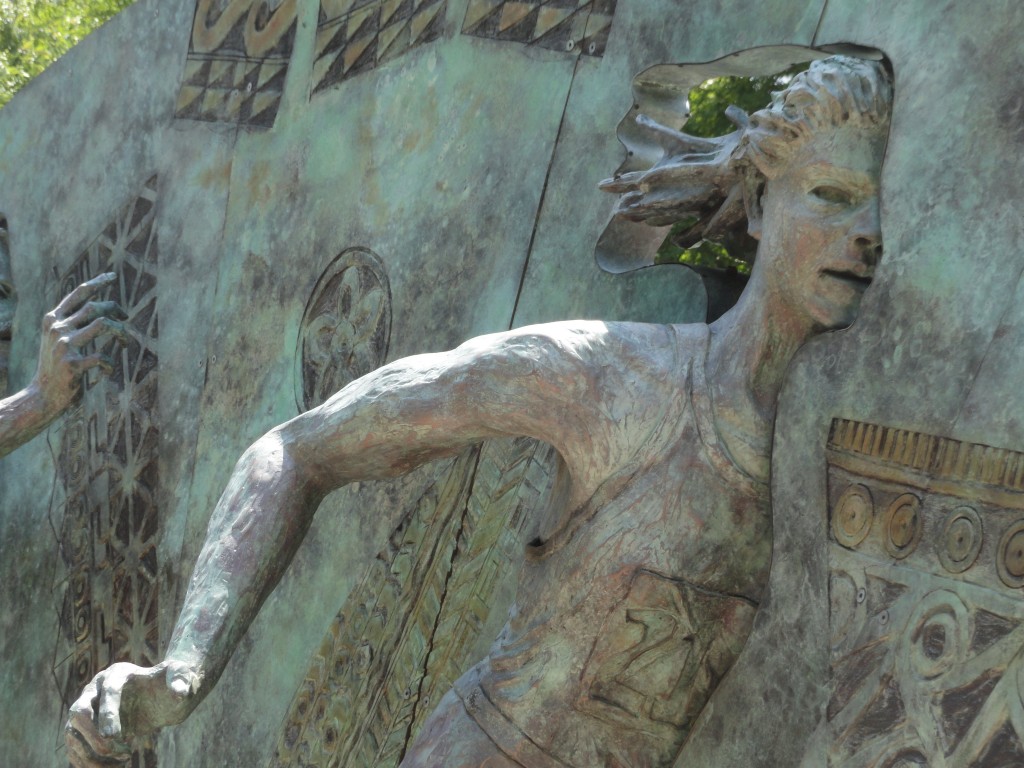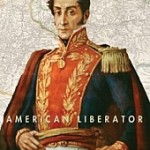 I recently received a copy of a new book and was asked to read it and write a book review. This is that review.
I recently received a copy of a new book and was asked to read it and write a book review. This is that review.
Simón Bolívar liberated six South American countries from Spanish rule. An amazing achievement. Marie Arana has accomplished no less an amazing achievement in her mighty tome Bolívar: American Liberator (Simon & Schuster, 2013). Arana’s book is impressive, both in its girth (464 pages of text plus over 100 pages of notes) and the depth of research conducted into Bolívar’s life.
Born into a wealthy family in 1783 Caracas in the Venezuelan portion of the Spanish empire, Simón Bolívar hardly seemed destined to be a revolutionary. A slight 5’6” in height and only 130 lbs, he nevertheless was a “spirited youth.” He grew up in luxury in a country in which the Spanish crown had imposed strict divisions between the classes and races. A trip to Europe as he came of age exposed him to even greater privilege, but also inspired him to pledge that he would liberate his homeland. Arana captures this coming of age in a story that reads like a novel.
After two revolutions fail to take hold, Bolívar finally is able to lead the creation of a third republic that begins a constant battle that would consume him for the rest of his life. Arana deftly intertwines the events of the United States (War of 1812) and Europe (Napoleon, Spanish wars) with the major battles and exploits of Bolívar and other key players both within and without of his control. In what we now might call “mission creep,” the revolution to rid Venezuela from the Spanish spreads across greater Granada and beyond to encompass what now includes Venezuela, Colombia, Panama, Ecuador, Peru and the newly created Bolivia (named after Bolívar). The “George Washington of South America,” Bolívar liberated the people and yet in the final years of his short life had the people turn on him. He died in exile, in poverty, and bed-ridden with tuberculosis, in his prematurely-aged 47th year.
One of the strengths of the book is the way Arana is able to delve into the imperfections of Bolívar as a man – his many mistresses, his adeptness with military command yet inability to command the politics of effective government, and the many mistakes he made as he tried to create democracies in lands mired by corruption and 300 years of subservience. Arana superbly brings this complex man to life. Often vilified in that life, Bolívar’s legend has grown in the nearly two centuries since his death to the point where leaders from Venezuela and environs attempt to invoke the name of Bolívar to support their own policies, even though those policies may be the antithesis to everything for which Bolívar toiled.
I highly recommend Bolívar: American Liberator. Those with family ties to the region will benefit from the knowledge of both the accomplishments and imperfections of the man. Those in the United States and elsewhere will benefit from the opportunity to learn about one of the most important men in modern history, one most of us likely don’t know much about at all.
Marie Arana’s website: http://mariearana.net/bolivar/
David J. Kent is the author of Lincoln: The Man Who Saved America, in Barnes and Noble stores now. His previous books include Tesla: The Wizard of Electricity (2013) and Edison: The Inventor of the Modern World (2016) and two e-books: Nikola Tesla: Renewable Energy Ahead of Its Time and Abraham Lincoln and Nikola Tesla: Connected by Fate.
Check out my Goodreads author page. While you’re at it, “Like” my Facebook author page for more updates!
Like this:
Like Loading...




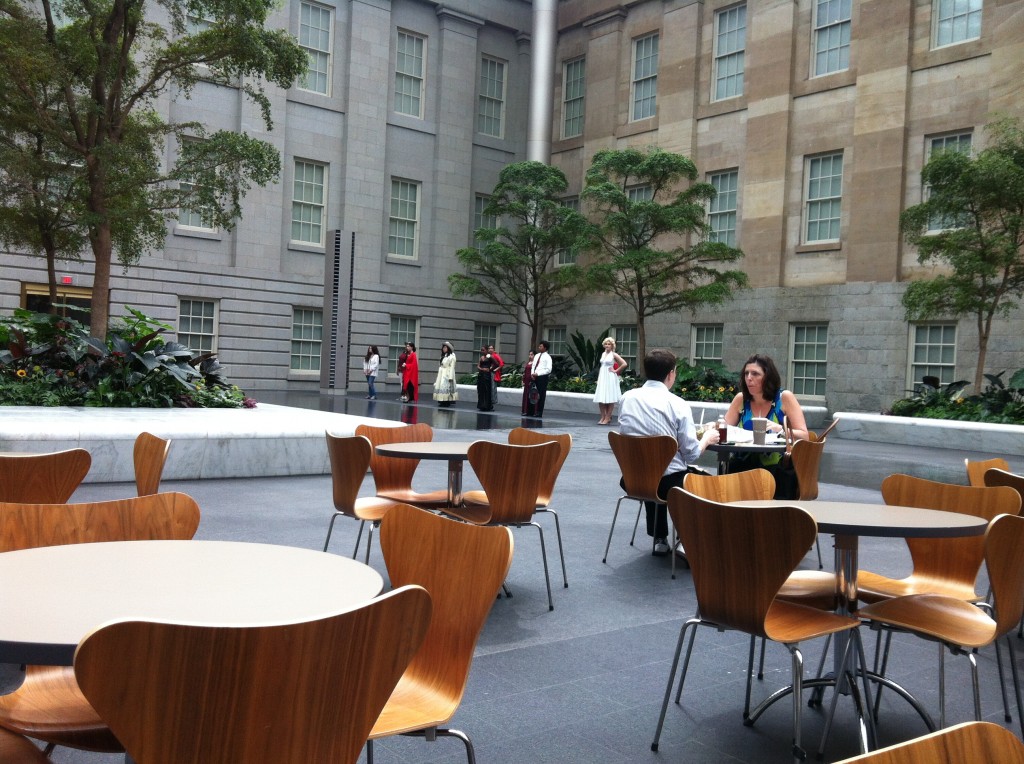
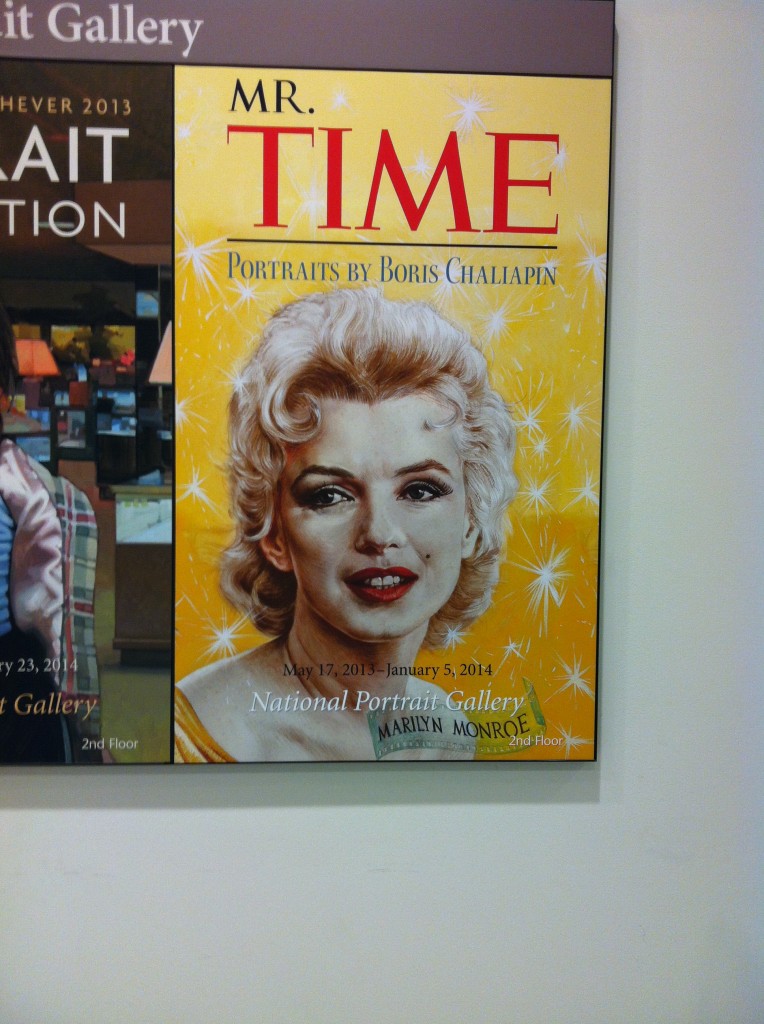
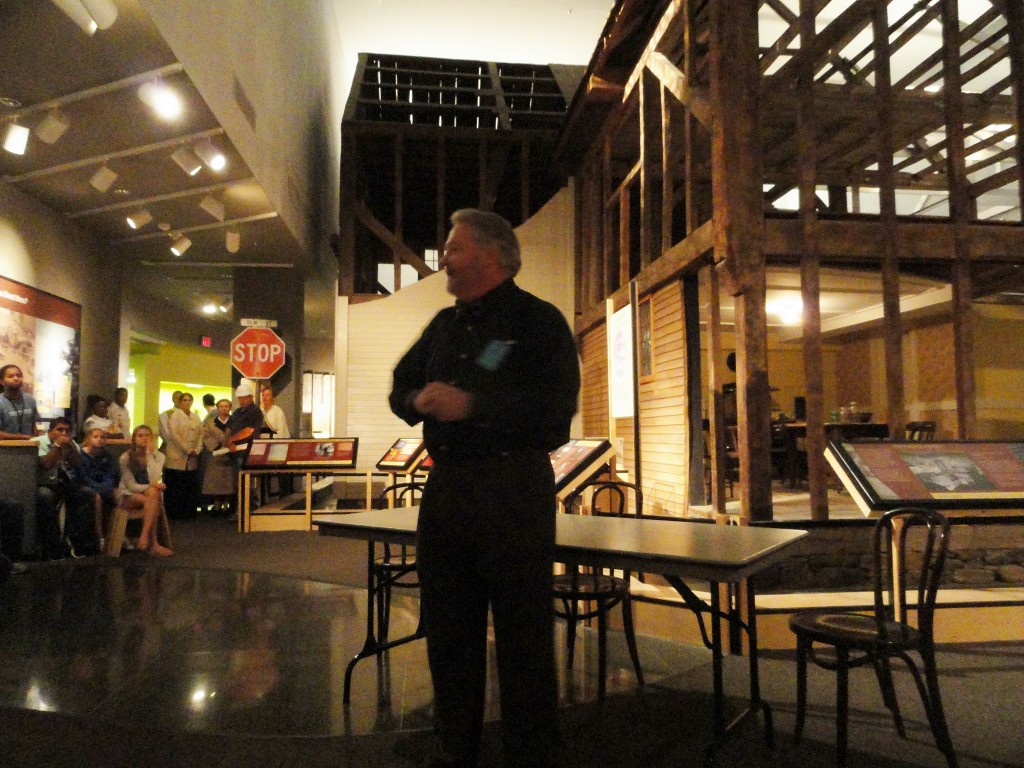
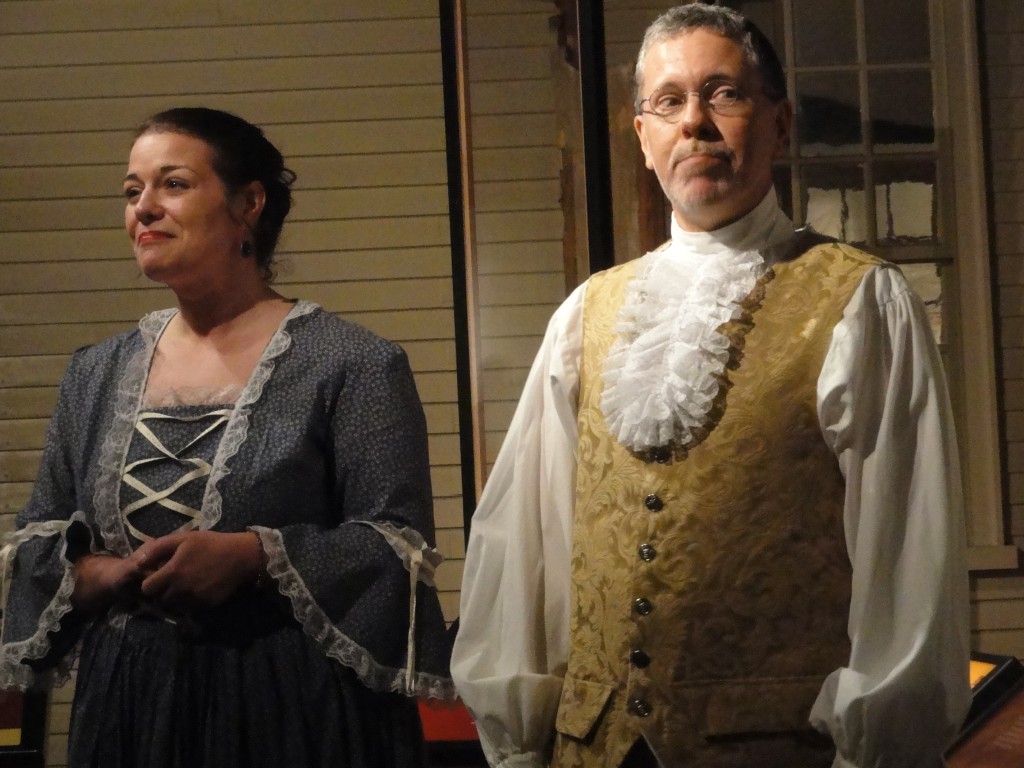
 I recently received a copy of a new book and was asked to read it and write a book review. This is that review.
I recently received a copy of a new book and was asked to read it and write a book review. This is that review.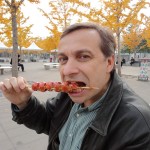 The weekend started with a very welcome email. Alexandra Owens, the Executive Director of the ASJA Educational Foundation, wrote to tell me, well, I’ll let her say it in her own words:
The weekend started with a very welcome email. Alexandra Owens, the Executive Director of the ASJA Educational Foundation, wrote to tell me, well, I’ll let her say it in her own words: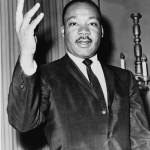 Today is the anniversary of the 1968 assassination of Dr. Martin Luther King, the famed civil rights leader. He was shot April 4th while standing on the balcony outside his room at the Lorraine Motel in Memphis, Tennessee. Dr. King’s contributions and impact on American society are well known, and yet immeasurable. The following short YouTube clip explains the assassination well:
Today is the anniversary of the 1968 assassination of Dr. Martin Luther King, the famed civil rights leader. He was shot April 4th while standing on the balcony outside his room at the Lorraine Motel in Memphis, Tennessee. Dr. King’s contributions and impact on American society are well known, and yet immeasurable. The following short YouTube clip explains the assassination well: